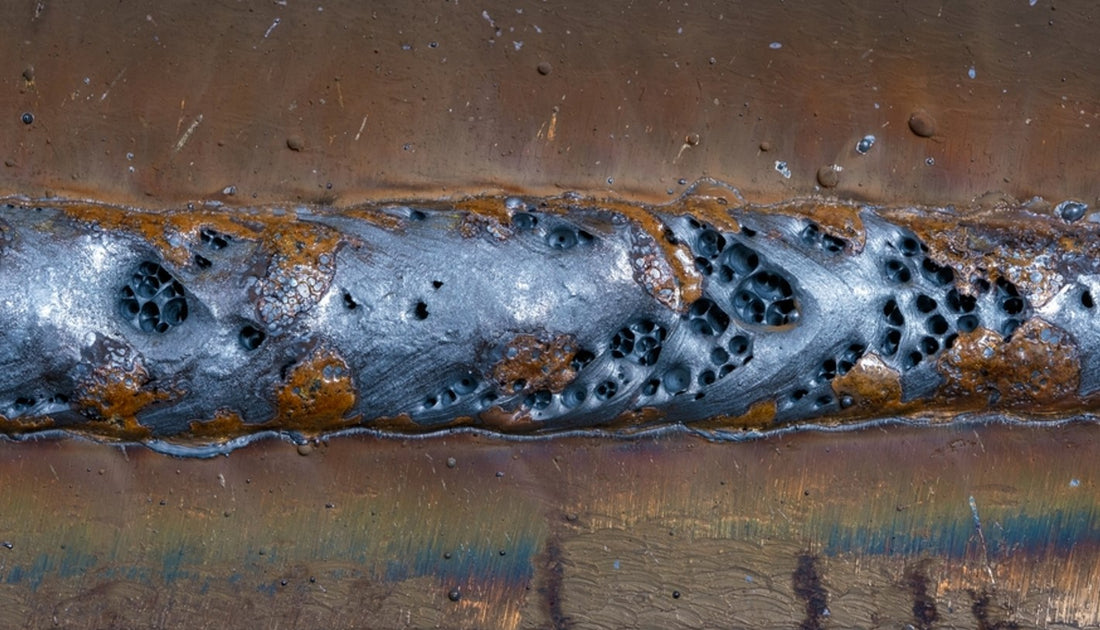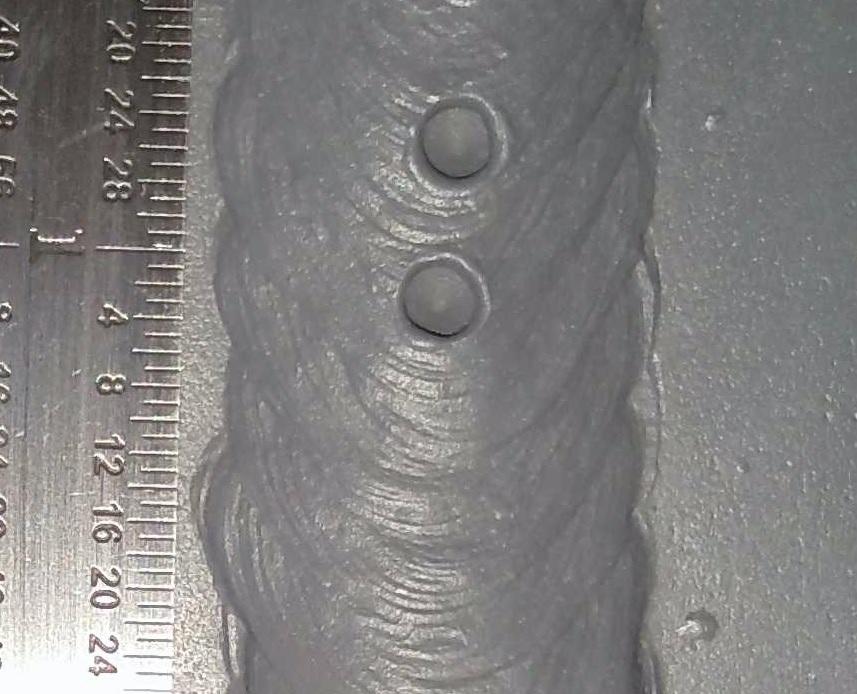Unraveling the Secret of Porosity in Welding: Tips for Minimizing Flaws and Optimizing Quality
In the elaborate world of welding, porosity stays a persistent difficulty that can substantially affect the top quality and integrity of bonded joints. As we dive right into the midsts of porosity in welding, revealing the keys to its prevention and control will be paramount for professionals seeking to grasp the art of top notch weldments.
Comprehending Porosity in Welding
Porosity in welding, a typical concern come across by welders, describes the existence of gas pockets or spaces in the welded material, which can compromise the honesty and top quality of the weld. These gas pockets are commonly entraped throughout the welding process due to various factors such as inappropriate securing gas, polluted base materials, or incorrect welding criteria. The development of porosity can deteriorate the weld, making it vulnerable to breaking and corrosion, inevitably causing structural failures.
By recognizing the importance of keeping proper gas protecting, ensuring the tidiness of base products, and optimizing welding settings, welders can dramatically reduce the chance of porosity formation. Generally, a thorough understanding of porosity in welding is vital for welders to generate high-quality and resilient welds.

Usual Causes of Porosity
When evaluating welding processes for potential high quality issues, comprehending the usual reasons of porosity is important for maintaining weld stability and preventing structural failures. Porosity, characterized by the existence of dental caries or spaces in the weld metal, can substantially jeopardize the mechanical residential properties of a welded joint.
Additionally, welding at inappropriate specifications, such as exceedingly high travel rates or currents, can generate too much turbulence in the weld swimming pool, trapping gases and creating porosity. By dealing with these usual causes via proper gas securing, material prep work, and adherence to optimal welding specifications, welders can minimize porosity and improve the high quality of their welds.
Techniques for Porosity Avoidance
Implementing efficient preventive procedures is important in lessening the occurrence of porosity in welding processes. One strategy for porosity avoidance is ensuring appropriate cleansing of the base metal prior to welding. Contaminants such as oil, oil, rust, and paint can result in porosity, so detailed cleaning utilizing ideal solvents or mechanical methods is essential.

One more trick precautionary procedure is over at this website the selection of the best welding consumables. Making use of high-quality filler materials and securing gases that appropriate for the base metal and welding process can substantially lower the risk of porosity. Additionally, maintaining appropriate welding specifications, such as voltage, existing, take a trip rate, and gas flow price, is crucial for porosity avoidance. Differing the suggested setups can lead to improper gas coverage and poor blend, causing porosity.
Moreover, using appropriate welding methods, such as preserving a consistent travel rate, electrode angle, and arc size, can assist avoid porosity (What is Porosity). Adequate training of welders to guarantee they adhere to finest practices and quality control treatments is additionally necessary in lessening porosity see this problems in welding

Ideal Practices for Top Quality Welds
One key technique is maintaining correct cleanliness in the welding location. Thoroughly cleansing the workpiece and bordering location before welding can aid reduce these concerns.
An additional finest technique is to meticulously select the proper welding specifications for the details products being signed up with. Proper criterion option ensures optimum weld infiltration, blend, and total top quality. Using top quality welding consumables, such as electrodes and filler metals, can significantly affect the final weld quality.
Relevance of Porosity Control
Porosity control plays an important duty in guaranteeing the sites stability and top quality of welding joints. Porosity, defined by the existence of tooth cavities or voids within the weld metal, can dramatically compromise the mechanical homes and structural integrity of the weld. Too much porosity deteriorates the weld, making it much more susceptible to fracturing, rust, and general failing under operational tons.
Reliable porosity control is important for keeping the desired mechanical residential or commercial properties, such as toughness, ductility, and strength, of the bonded joint. What is Porosity. By lessening porosity, welders can enhance the general top quality and dependability of the weld, making certain that it meets the efficiency needs of the intended application
In addition, porosity control is vital for accomplishing the wanted aesthetic appearance of the weld. Too much porosity not just compromises the weld however additionally diminishes its aesthetic appeal, which can be essential in markets where looks are important. Appropriate porosity control methods, such as making use of the appropriate securing gas, controlling the welding specifications, and making certain proper tidiness of the base products, are necessary for generating high-quality welds with minimal flaws.

Final Thought
In final thought, porosity in welding is a typical problem that can jeopardize the quality of the weld. It is important to control porosity in welding to make sure the honesty and toughness of the final product.